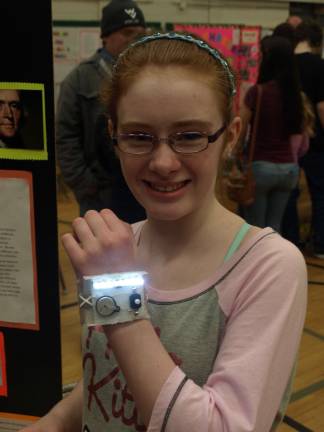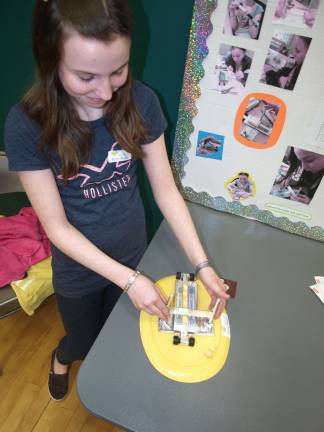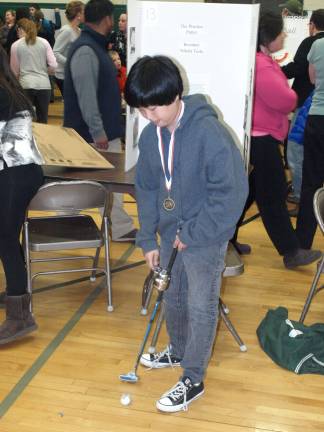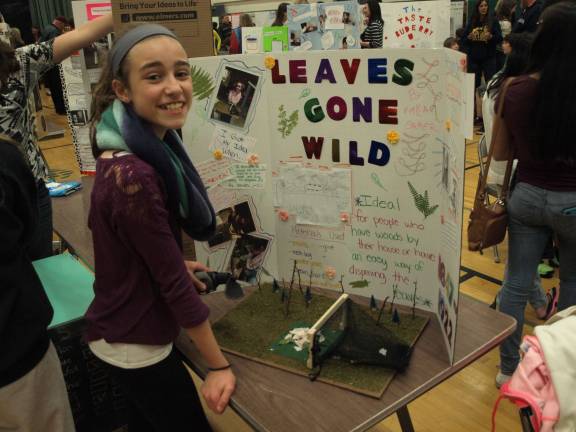Students get thinking at science fair




OGDENSBURG — Increasingly ignored by many other schools, the traditional science fair is alive and well in the Ogdensburg School.
“I believe it is important to develop science skills because science is a part of our everyday lives,” said Ogdensburg School science teacher Michelle Cooper. “Students will need to problem solve as they get older.”
The eighth-graders researched a phenomenon using the scientific method of asking a question; doing research; constructing a hypothesis; developing and running an experiment; analyzing the data and drawing a conclusion; and communicating the results at the science fair.
The sixth-graders had to design an invention.
To maintain fair and impartial judging Cooper invited Wallkill Valley High School teachers to judge the competition. Physics and chemistry teacher Larry Hildebrand, and environmental science and physical science teacher Jim Marion were impressed by the level of the creativity and unique ideas.
“That is what science fairs bring out in the students,” said Hildebrand.
Many of the sixth-graders new inventions were designed to make their own lives easier.
“I see inventions that impact their lives,” said Marion of the labor and time-saving devices.
Kayla Baker presented a leaf catcher to make raking leaves easier and Hannah Panzarella demonstrated her design for a dog paw washer.
The students invested a significant amount of time in their projects.
“They have been working on their projects since October,” said Cooper. “Everything we learned in class they applied to their projects.”
The inventions
First Place: Sam Paoli for his putting practice device.
Second Place: Brian Westergaard for his interchangeable sole sport shoe.
Third Place: Kelsey Vogel for her dizzy dog crazy cat collar — a laser attached to a collar that the animal wears and chases the constantly moving projected spot around the room.
The experiments
First Place: Aidan Murray for his examination of the laws of refraction of light. Using a laser he confirmed that the angle of incidence equals the angle of reflection of a beam of light.
Second Place: Lindsay Kromitz for her testing of auditory versus visual memory.
Third Place: AJ Sabetello for examining the energy it takes to dribble a basketball.